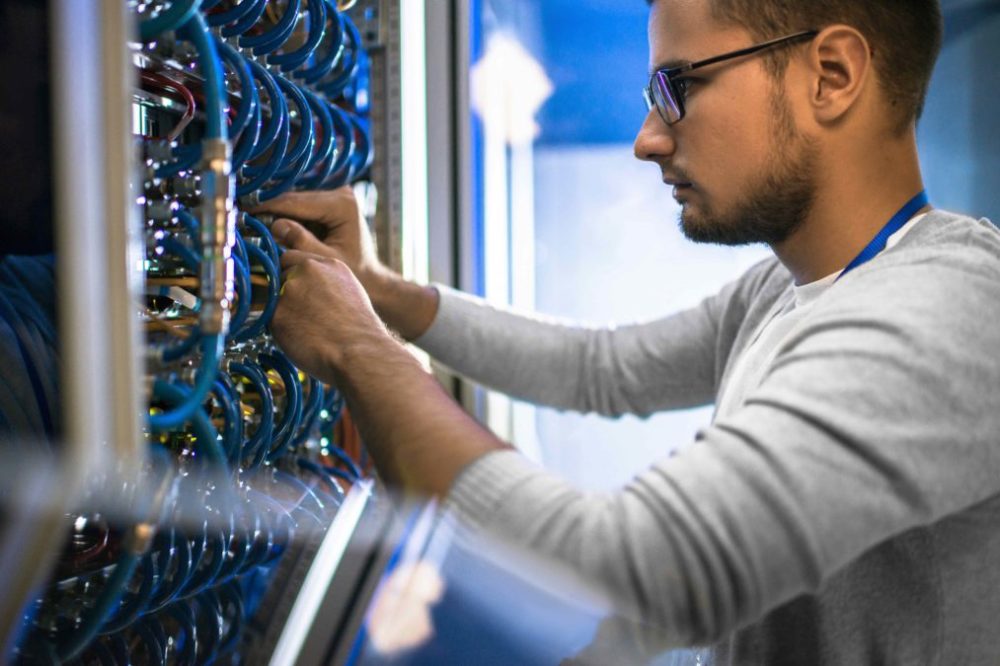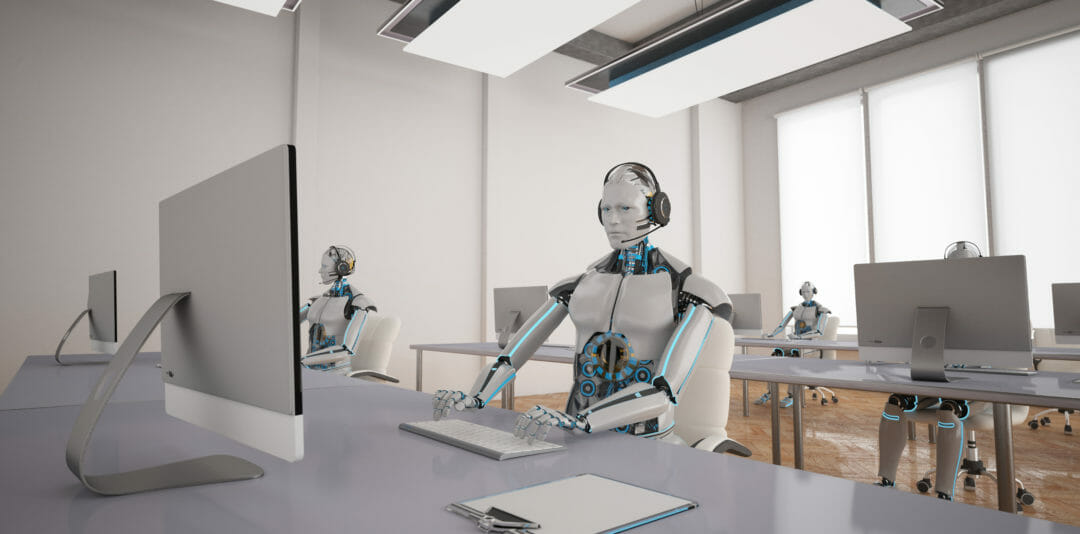The CA AIOps-driven platform aims to correlate and analyse IT operational data and digital delivery chains, leveraging new, innovation AI, machine learning and automation capabilities.
Working across both the cloud and mainframes, CA Technologies promise to provide a “superior user experience, while speeding innovation and increasing IT efficiency.”
Ashok Reddy, general manager of DevOps solutions at CA Technologies, said: “Speed, scale and customer experience define value in today’s digital economy, and AI-driven systems of intelligence that increase revenue and improve operations are critical to our customers’ digital transformation.
A guide to artificial intelligence in enterprise: Is it right for your business?
“With the advent of nondeterministic, ‘self-driving’ apps, only CA can deliver the AI-driven analytics and machine learning required to autonomously predict and remediate incidents whereby transforming IT into a strategic competitive advantage.”
Gartner predicts that by 2023, 30% of large enterprises will be using artificial intelligence for IT operations and digital experience monitoring technology exclusively to monitor the nonlegacy segments of their IT estates – up two per cent in 2018.
A spokesperson from Gartner added: “By 2023, AIOps platforms will become the prime tool for analysis of monitoring data. Today’s domain-specific monitoring tools will become specialist, midlevel managers, who, while continuing to exist, will feed their important data into AIOps for consolidated, higher-level analysis.”
According to CA Technologies, to develop apps that self-heal, systems must automate problem recognition and remedy processes across complex hybrid IT environments.
CA Technologies claim their use of machine learning and complex pattern matching to identify the root cause of common app performance issues automatically.
The spokesperson added: “Through a seamless connection to CA Automic Service Orchestration this root cause identification automatically triggers a cascade of corresponding actions such as scaling up additional resources, initiating restarts or failing over to active resource.
“The end result is that many common performance issues can be remedied before they ever impact end users, often without any human intervention.”
>See also: How will artificial intelligence impact UK consumers lives?










